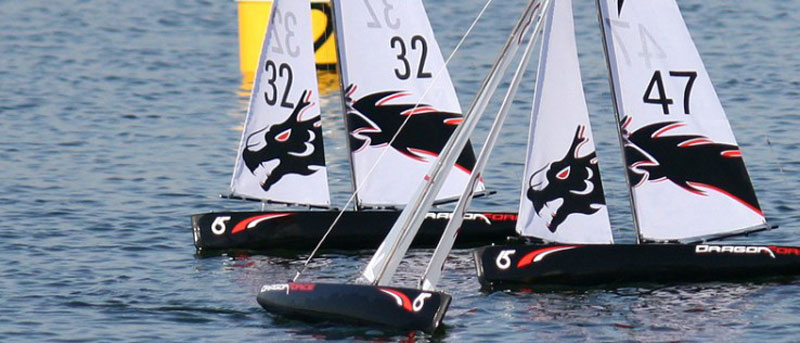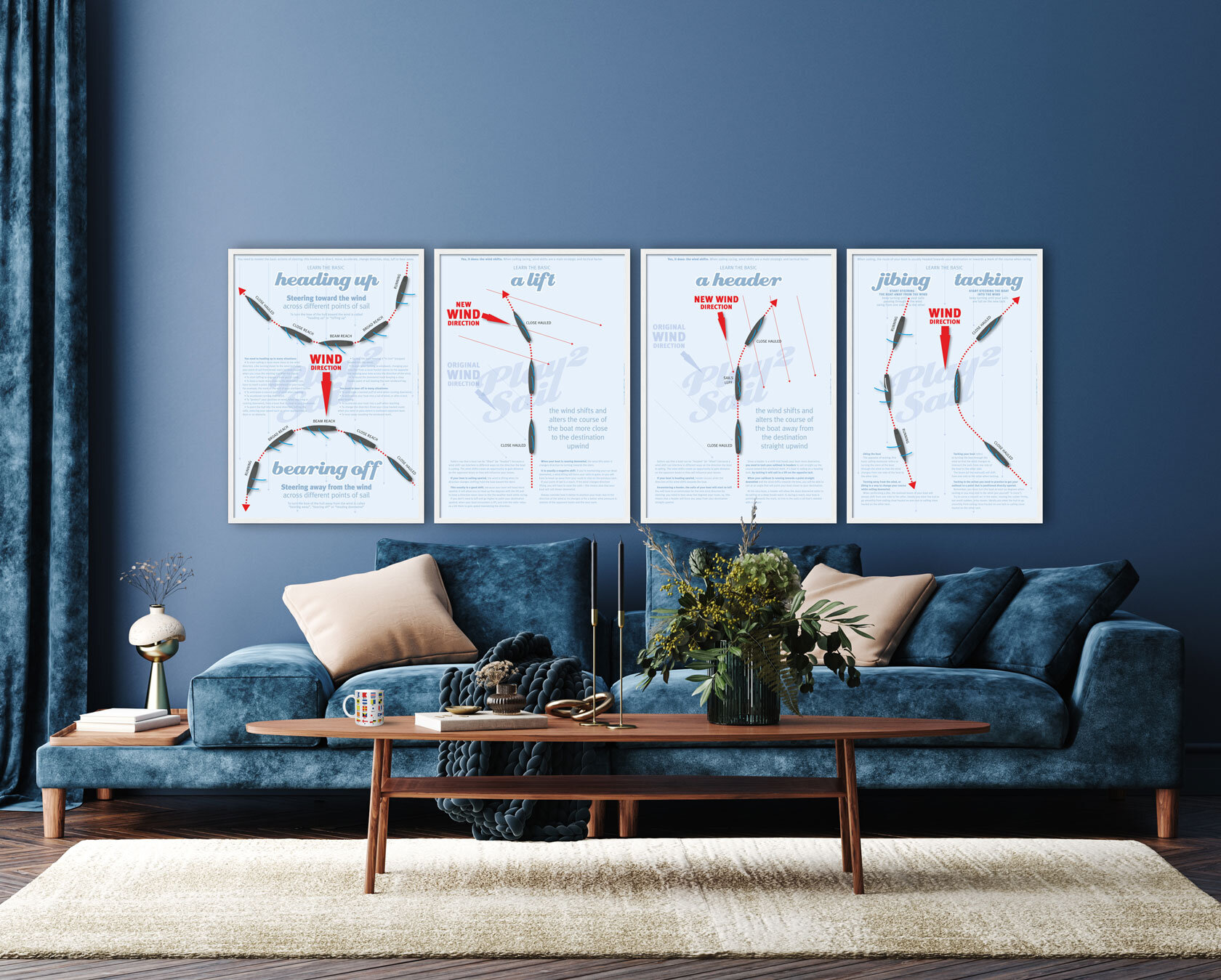Discover sailing with Play2Sail: insights from our rc sailing academy FAQ guide
Welcome to the Play2Sail smart FAQ guide, where we transform sailing novices into confident sailors and rc yachting enthusiasts of all levels can find answers to their most pressing questions.
Whether you're interested in radio-controlled yachting or learning the essentials of sailing, our comprehensive FAQs and resources are here to guide you every step of the way to enhance your sailing journey or to refine your skills.
Over the years, we've had the privilege of hosting numerous RC sailing academy sessions on our piers, where sailors of all levels gather to learn, share, and enjoy the art of sailing. During these sessions, we've listened to your most pressing questions and curiosities, which have inspired this comprehensive FAQ guide. Whether you're setting sail for the first time or honing your skills in RC yachting, our FAQs provide valuable insights to enhance your sailing journey.
From understanding wind dynamics to mastering steering techniques, our guide is designed to answer your questions and help you navigate the waters with confidence.
Explore RC Sailing with confidence:
Free resources at your fingertips >
Start your saiing adventure with our free online resources, designed expecially for beginners. Learn the basics, gain essential skills, and build your confidence with expert tips, and easy-to-follow guides. No fees, no membership - just pure learning and fun. Discover Play2Sail Academy today!
Starting with RC Sailing
Beginner's Guide:
FAQ: What resources are available to help beginners start sailing a radio-controlled yacht?
Answer: The Play2Sail e-manual provides comprehensive guidance. Learn more.
Sailing Basics and Techniques
Understanding the Wind:
FAQ: How can I use the wind to move my boat in the desired direction?
Answer: Adjust the sails to keep air flowing over them, generating lift. Learn more.
Sailing Terms and Points:
FAQ: What are the basic points of sail?
Answer: Includes close hauled, beam reach, and running downwind. Explore the diagram.
FAQ: What is the "no-go zone" in sailing?
Answer: It's an area where the boat cannot sail directly into the wind, extending 45° on either side. Understand more.
Yachting Terminology
Learning the Language:
FAQ: What is the bow of a boat?
Answer: The front of the boat. Learn more.
Wind Direction and Management
Checking Wind Direction:
FAQ: What are some easy ways to check the wind direction while sailing?
Answer: Use flags, smoke, clouds, or meteorological stations. Explore methods.
Steering Techniques
Mastering Steering:
FAQ: What are the basic actions to master steering a radio-controlled sailboat?
Answer: Actions include directing, moving, accelerating, changing direction, stopping, luffing, or bearing away. Learn more.
Radio Sailing Control
Using the Radio Unit:
FAQ: How does the radio unit control the sailboat?
Answer: It controls the rudder and sail trim using a two-stick surface transmitter. Learn more.
Sail Trimming Techniques
Trimming for Speed:
FAQ: Why is sail trimming important for a radio-controlled sailboat?
Answer: It maximizes efficiency by catching the wind effectively. Learn more.
Docking and Un-Docking Techniques
Leaving and Returning to the Pier:
FAQ: How do I leave the pier with a radio-controlled sailboat when the pier is downwind?
Answer: Sail upwind by turning the bow slightly away from the no-go zone and tightening the sails. Learn more.
Understanding Wind Shifts
Managing Wind Shifts:
FAQ: How do wind shifts affect my radio-controlled sailboat during a race?
Answer: They create opportunities or losses; managing lifts and headers is crucial. Learn more.
Fast Sailing Techniques
Gaining Speed:
FAQ: How can I make my RC sailboat sail faster?
Answer: Trim and adjust the sails for maximum efficiency and catch more wind strength. Learn more.
Sailing Racing Rules
Understanding the Rules:
FAQ: What is the basic principle behind the rules of sailing racing?
Answer: Avoid collisions, ensuring safety and sportsmanship. Learn more.
RC Sailing Regatta Preparation
Preparing for Competition:
FAQ: What are the fundamental tips for preparing for your first RC sailing regatta?
Answer: Practice essential maneuvers and focus on boat handling. Learn more.
FAQ: How can I handle distractions during a regatta?
Answer: Stay focused on steering and trimming sails. Read more.
RC Yachting Race Courses
Exploring Race Courses:
FAQ: What are the different race courses available for radio yachting at the Play2Sail Arena?
Answer: Courses include "Olympic," "Triangle," "Windward-Leeward," and "Arena." Learn more.
FAQ: How is the starting line set for these race courses?
Answer: It's set into the wind, perpendicular to the wind direction. Explore starting line details.
Instructors' top picks: the 7 most asked questions at Play2Sail Academy
At Play2Sail Academy, we are passionate about sharing our knowledge and love for sailing. Over countless conversations on the Academy's piers, we’ve identified a few recurring questions that resonate with sailors of all levels. These FAQs not only reflect common curiosities but also offer valuable insights into the art of sailing. Here are the top five questions that our instructors love to answer, providing guidance and inspiration to help you navigate your sailing journey with confidence.
“What are the fundamental tips for preparing for my first RC sailing regatta?”
Answer: Practice essential maneuvers like tacks, gybes, and mark roundings. Stay focused on boat handling and sail trimming for maximum efficiency. Learn more about regatta preparation.
“How important is it to know the rules of sailing racing?”
Answer: Knowing the rules helps avoid collisions and ensures fair competition. Stay in control of your boat and understand the rights of way. Understand the rules of sailing racing.
“What is a "header" in sailing?”
Answer: A header occurs when the wind shifts towards the bow, causing the sails to luff. This requires steering adjustments to maintain course. Understand headers and their impact.
”What is the range limitation of the radio control system?”
Answer: The range is limited by the radio transmitter and receiver capabilities and your visibility. It's recommended to sail within the area marked by floating marks for optimal control. Read more about range and control.
“How can I detect wind shifts without a compass or landmarks?”
Answer: Relate your position to other sailboats to detect wind shifts. A header on one tack is automatically a lift on the other, so observe your opponents. Learn how to detect wind shifts.
“What are the key steps to set an effective starting strategy for an RC sailboat regatta?”
Answer: Key steps include determining the favored tack on the first leg, identifying the upwind end of the starting line, and planning your position on the line. Learn more about starting strategy basics.
“What are some easy ways to check the wind direction while sailing?”
Answer: You can check the wind direction by observing flags, smoke, moving clouds, or using meteorological weather stations. Feeling the wind on your face or looking at water ripples also helps. Explore easy methods to check wind direction.
Get more with our Play2Sail e-manual:
download it now!
It is a digital publication that is downloadable in a printable .pdf format file. RC Sailors from 🇺🇸🇬🇧🇦🇺🇸🇪🇳🇿🇨🇦🇮🇹🇿🇦🇳🇱🇩🇪🇫🇷🇮🇳🇭🇰… have already downloaded it.
Don't miss the opportunity to elevate your rc sailing experience and sail with confidence:
Embarking on your sailing journey with the Play2Sail guide is just the beginning of an exciting adventure in mastering the art of RC yachting. Our resources are crafted to equip you with the knowledge and confidence you need to navigate the waters with ease and skill. Whether you're a novice or an experienced sailor, our comprehensive Play2Sail e-manual is packed with expert tips, detailed diagrams, and practical advice to enhance your sailing skills and understanding.
This manual is your essential resource for mastering the seas, offering insights that cater to both beginners and seasoned sailors. Don't miss the opportunity to elevate your sailing experience and sail with confidence.
But that's not all! Enhance your sailing experience with our exclusive Play2Sail-themed products available in our e-shop. Discover our sailing mugs and premium sailing posters, perfect for capturing the spirit of your RC yachting passion.
SHARE YOUR #SAILING PASSION: order online exclusive mugs & posters
Shop Play2Sail Products and Save 10% with Code: SAIL10

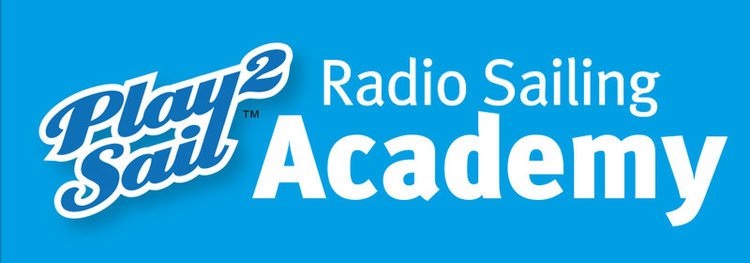


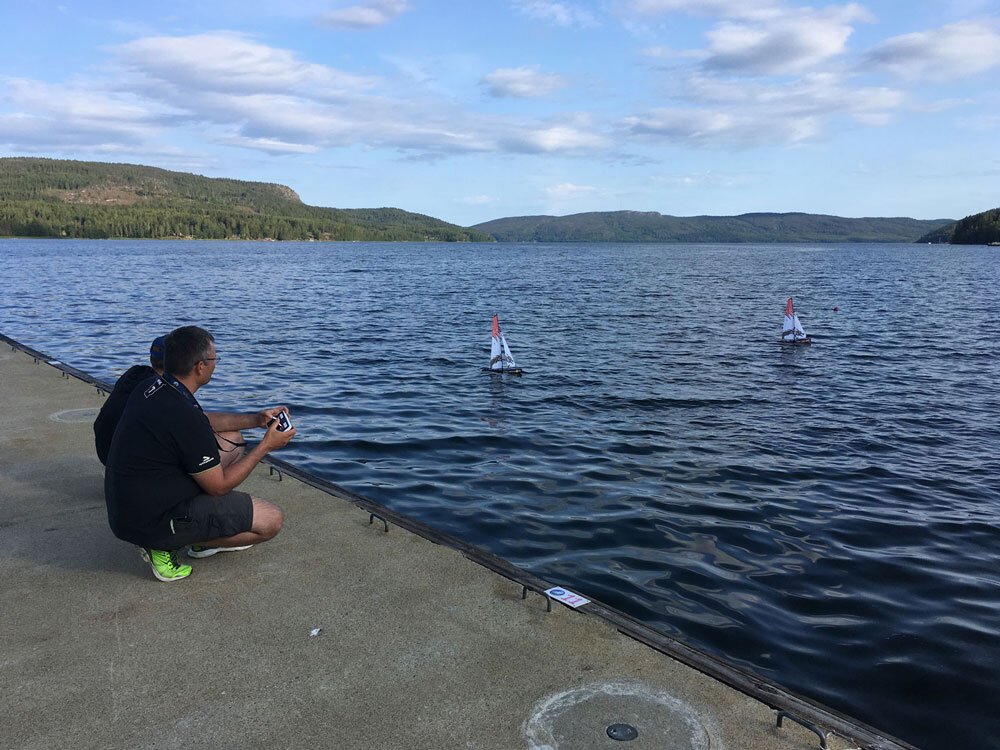

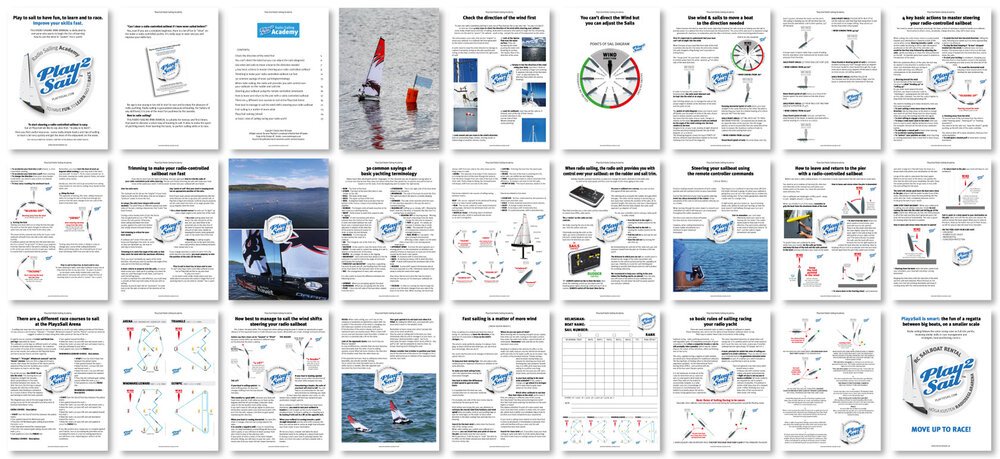







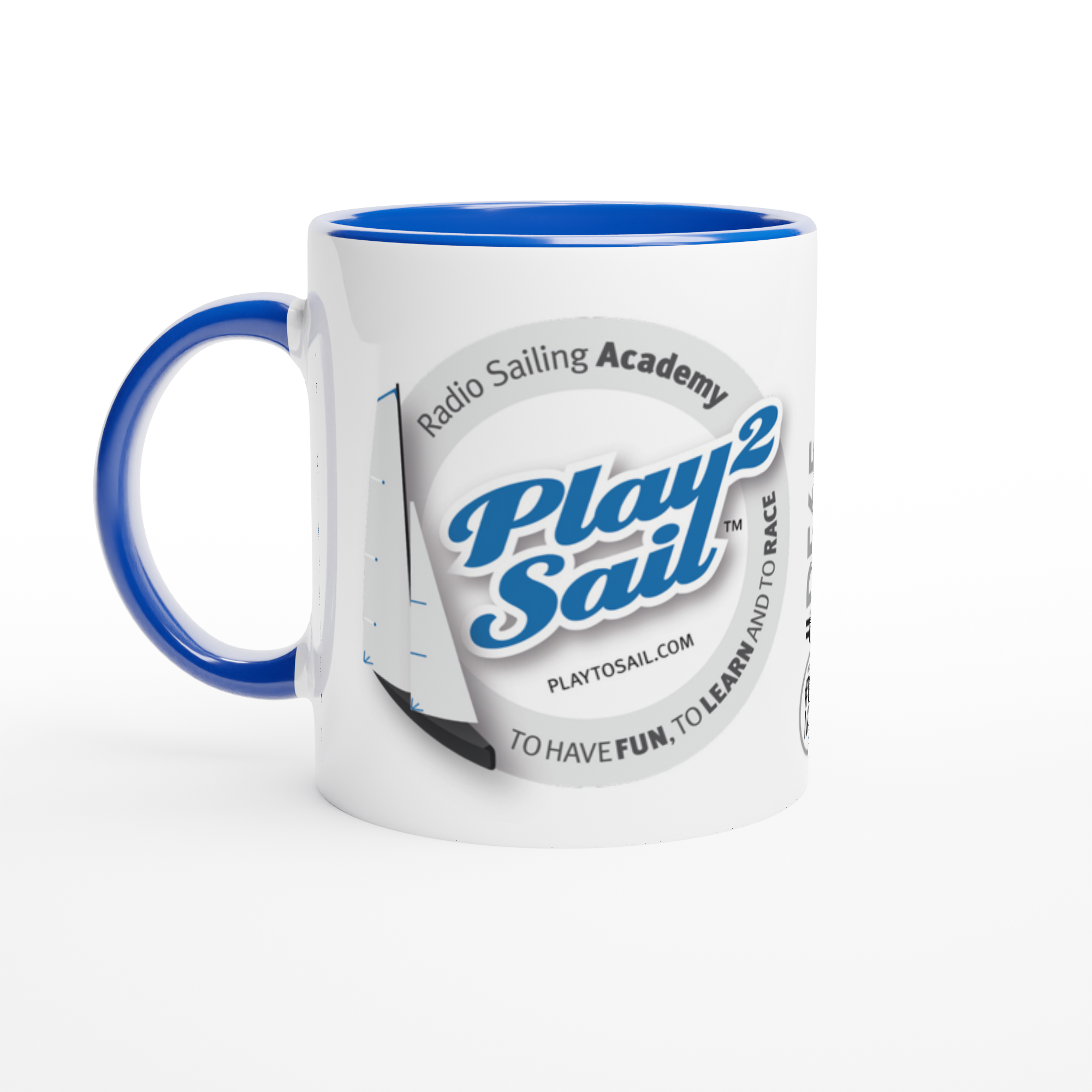


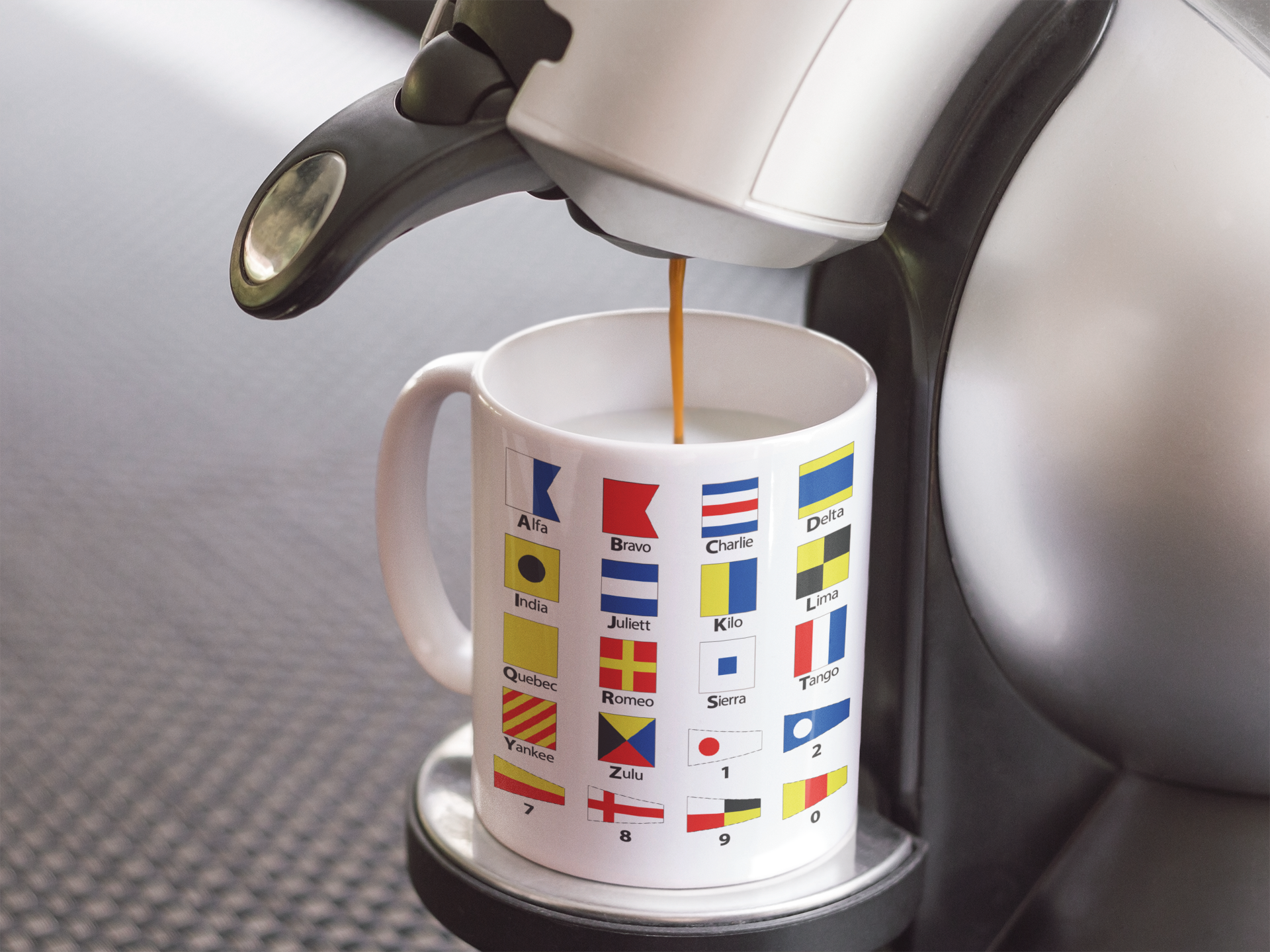
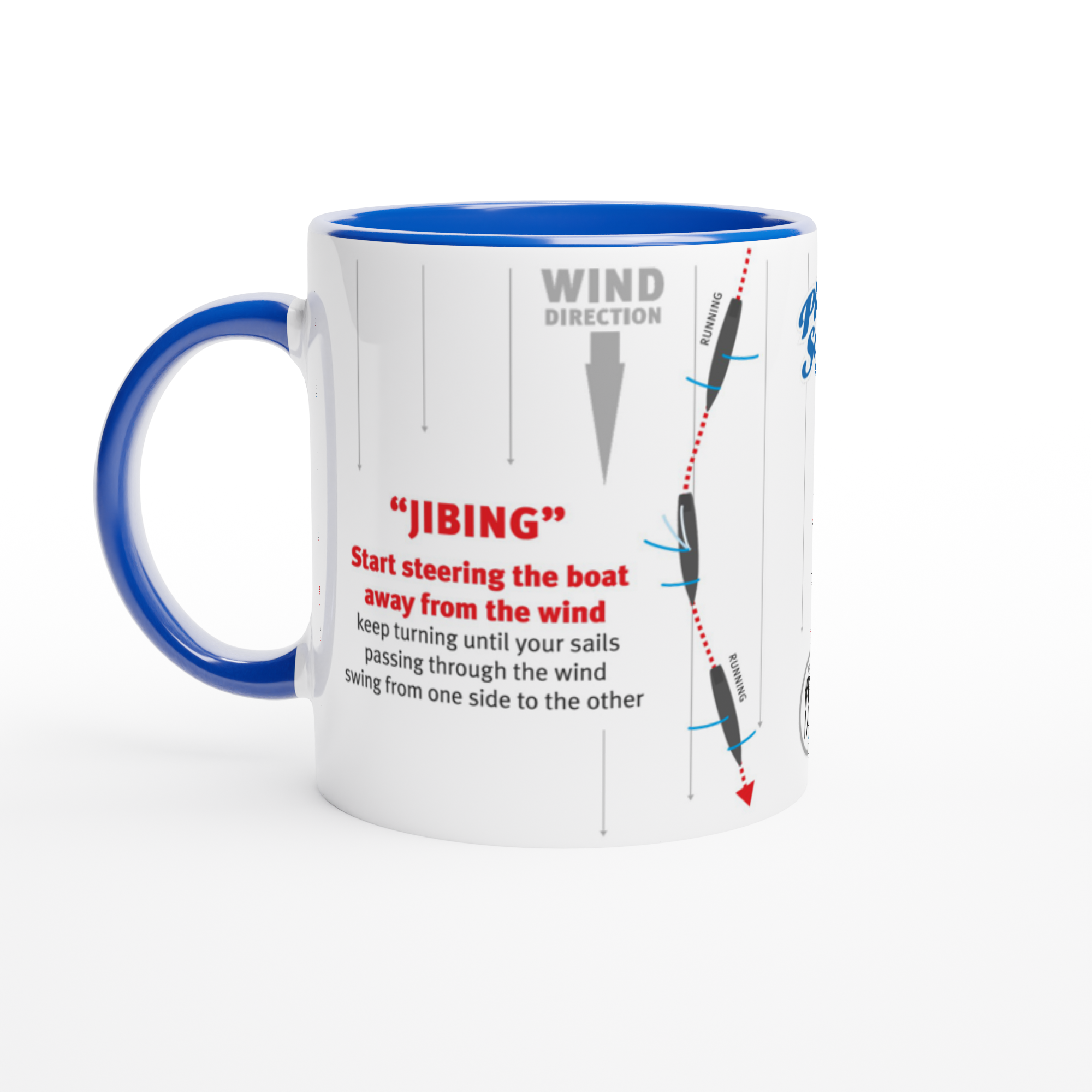
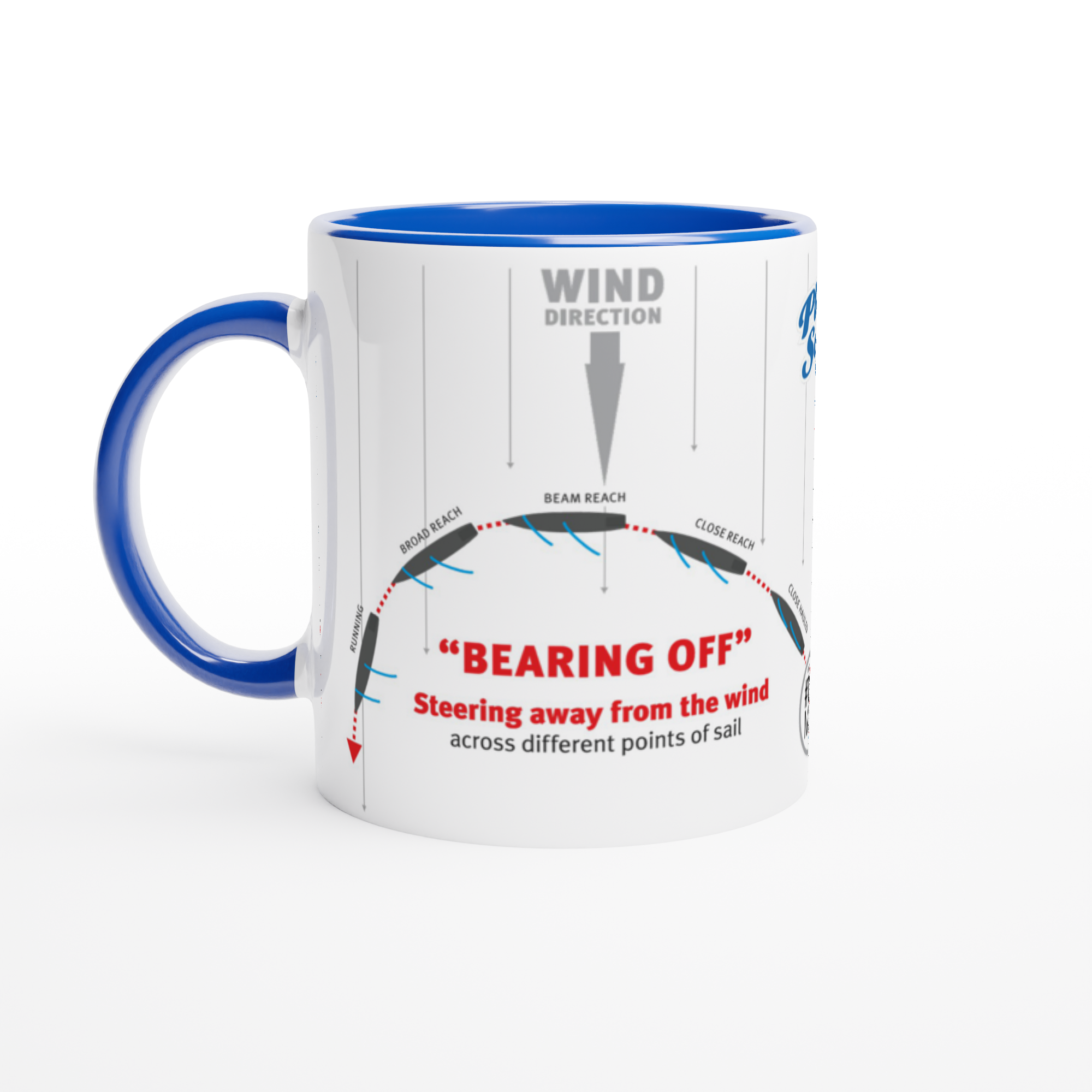
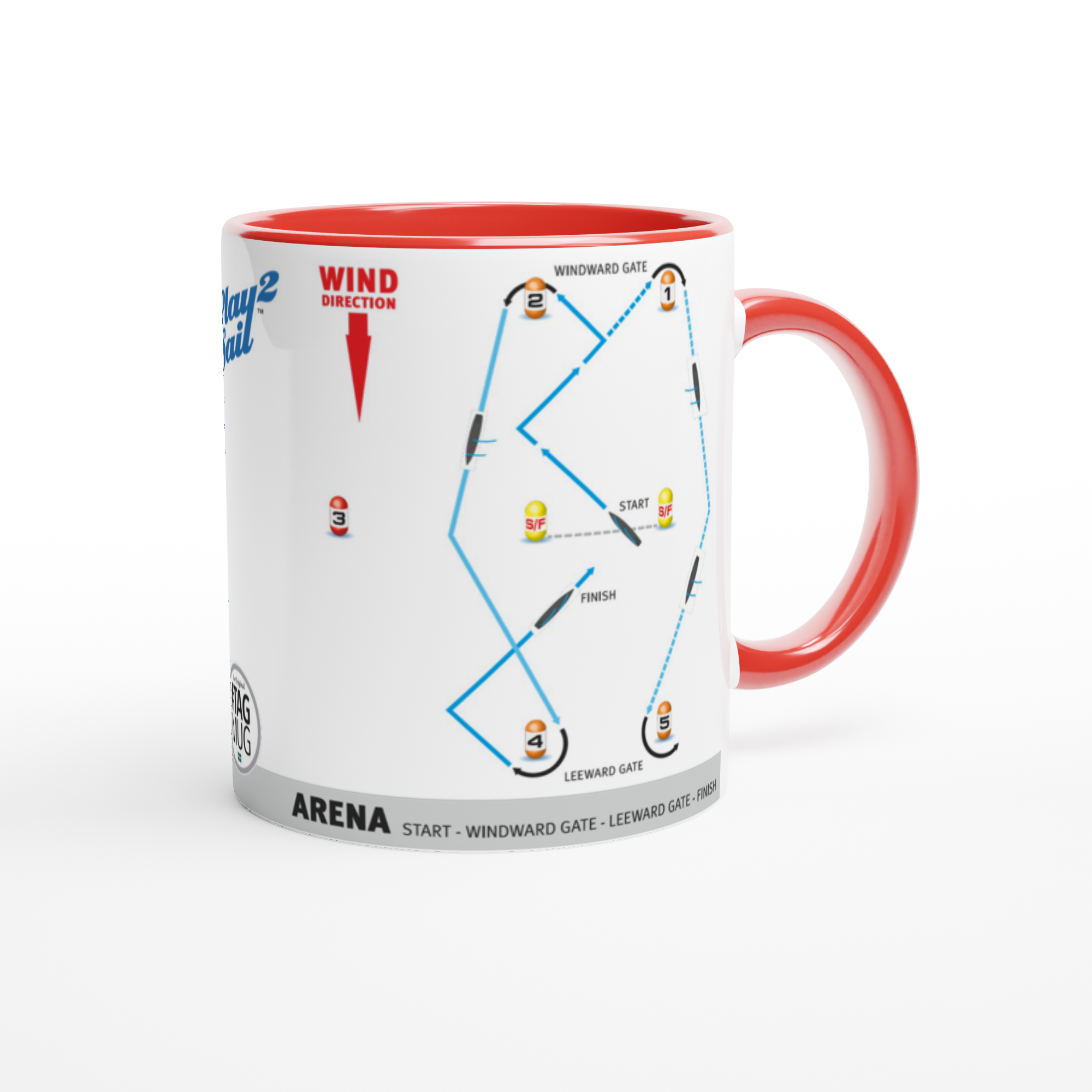

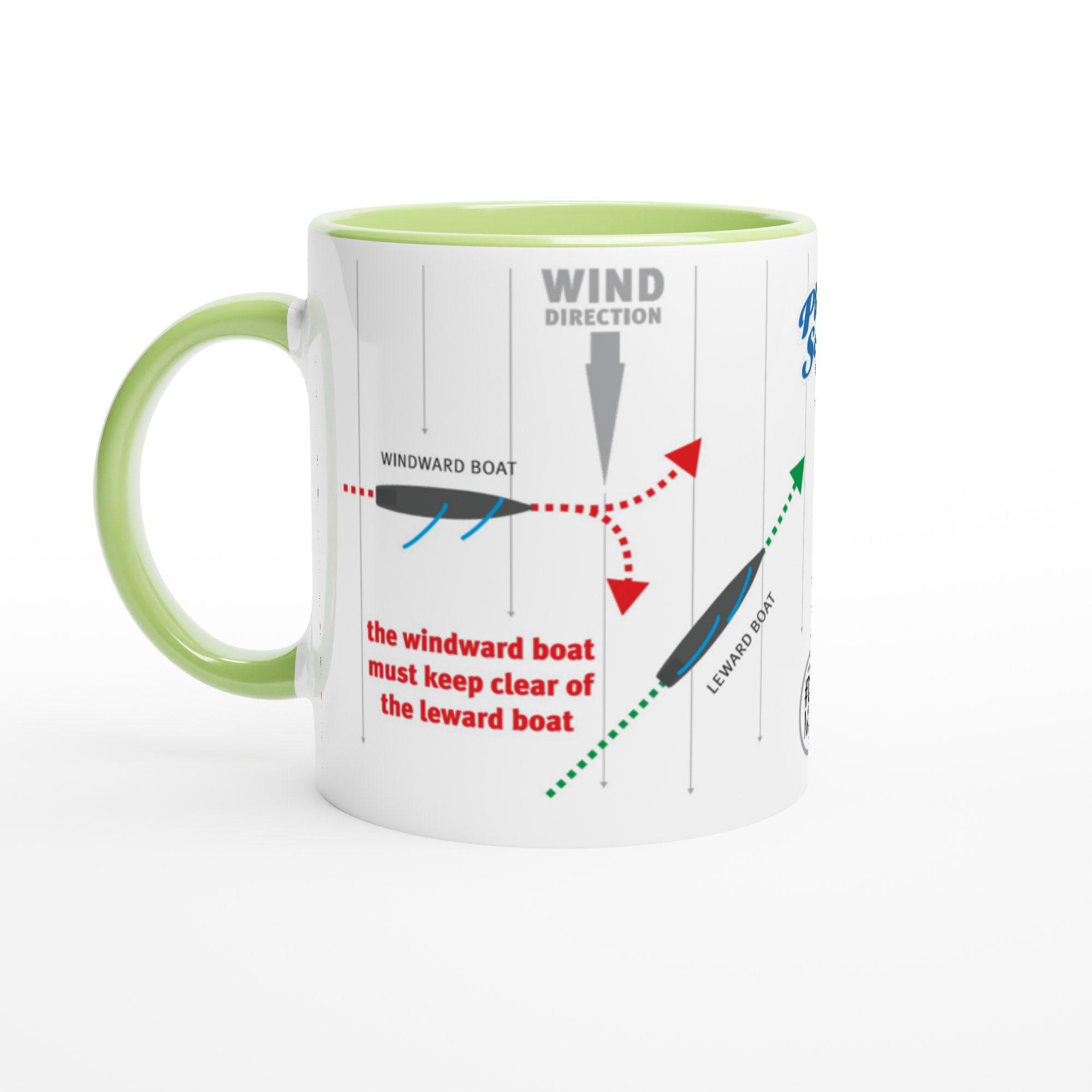


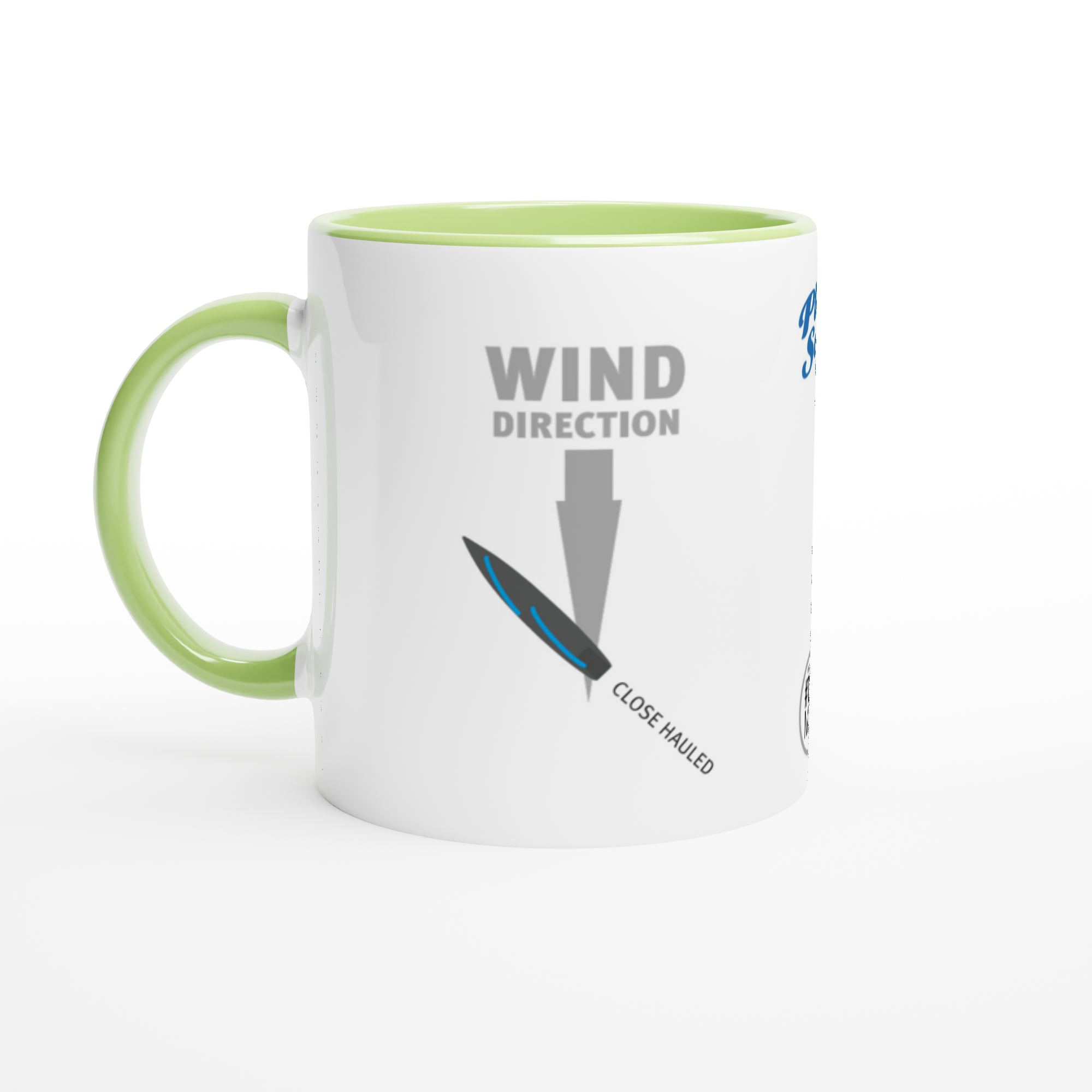
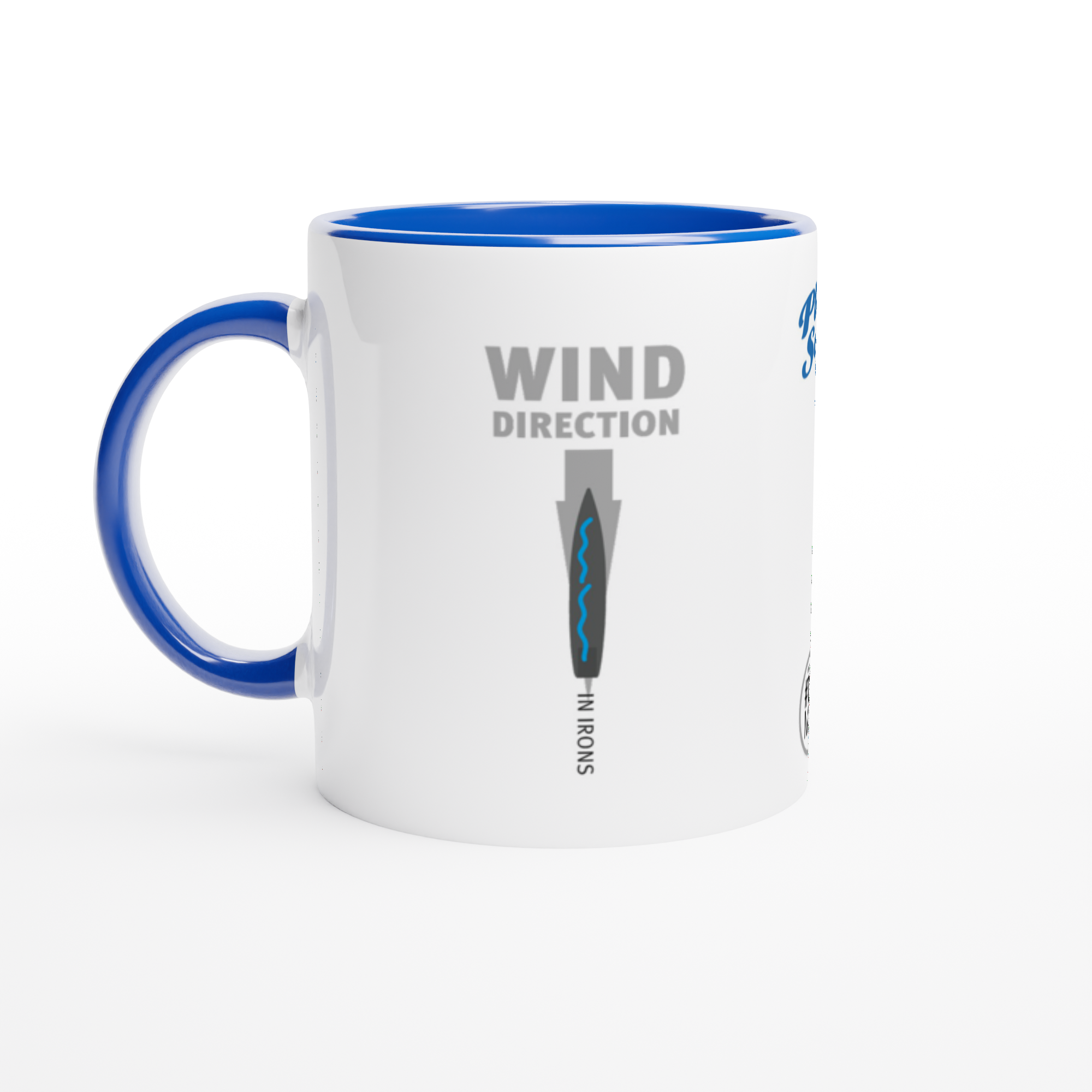

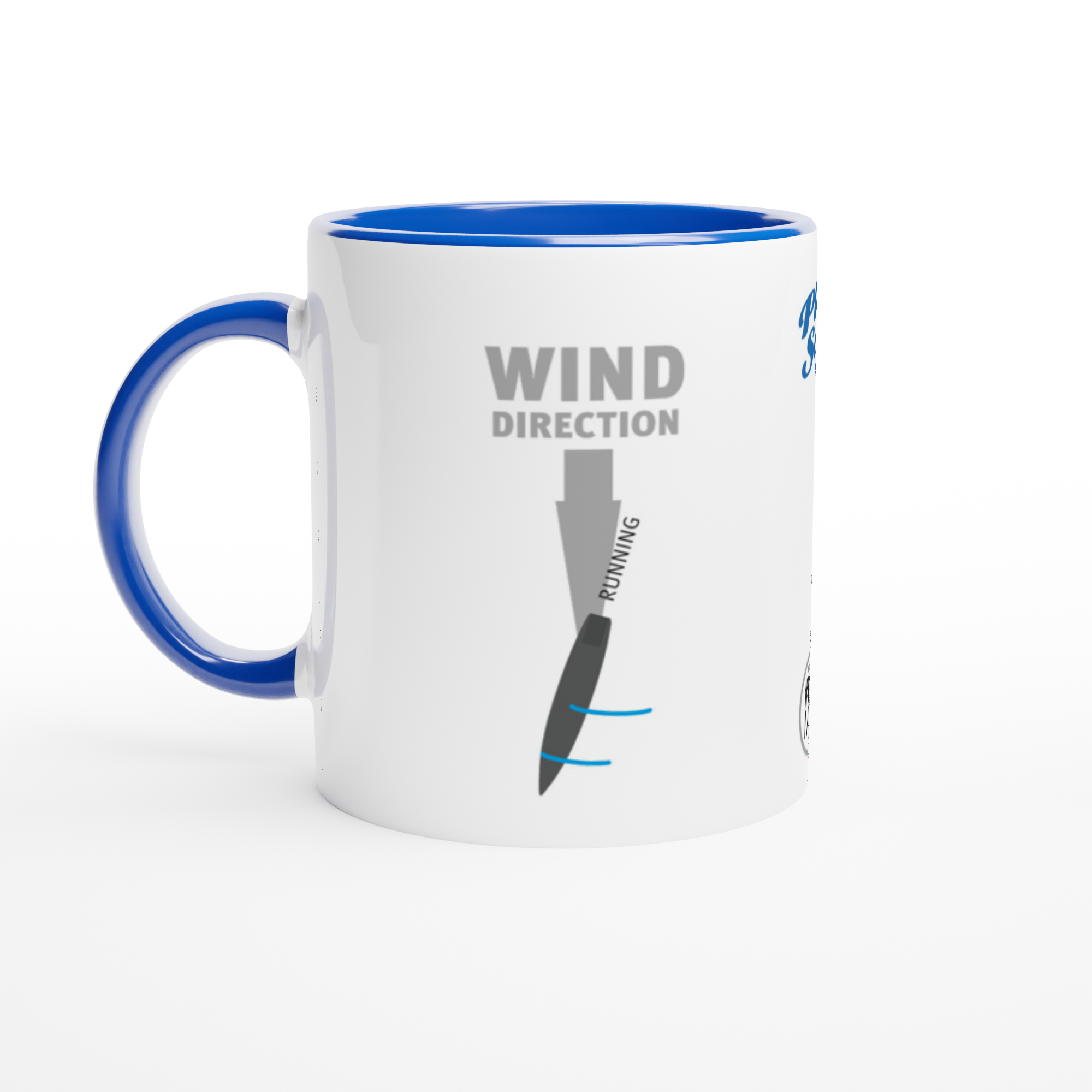
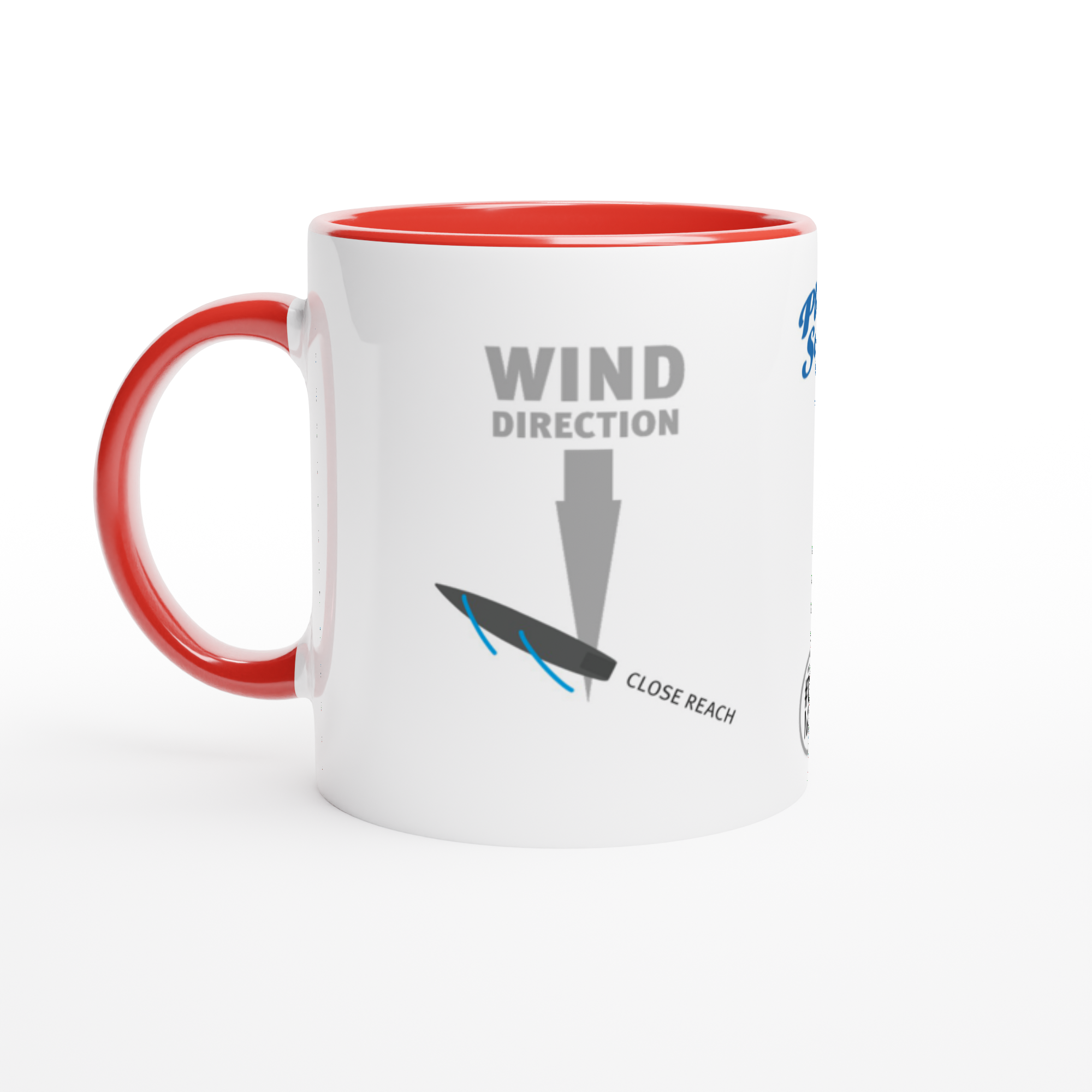
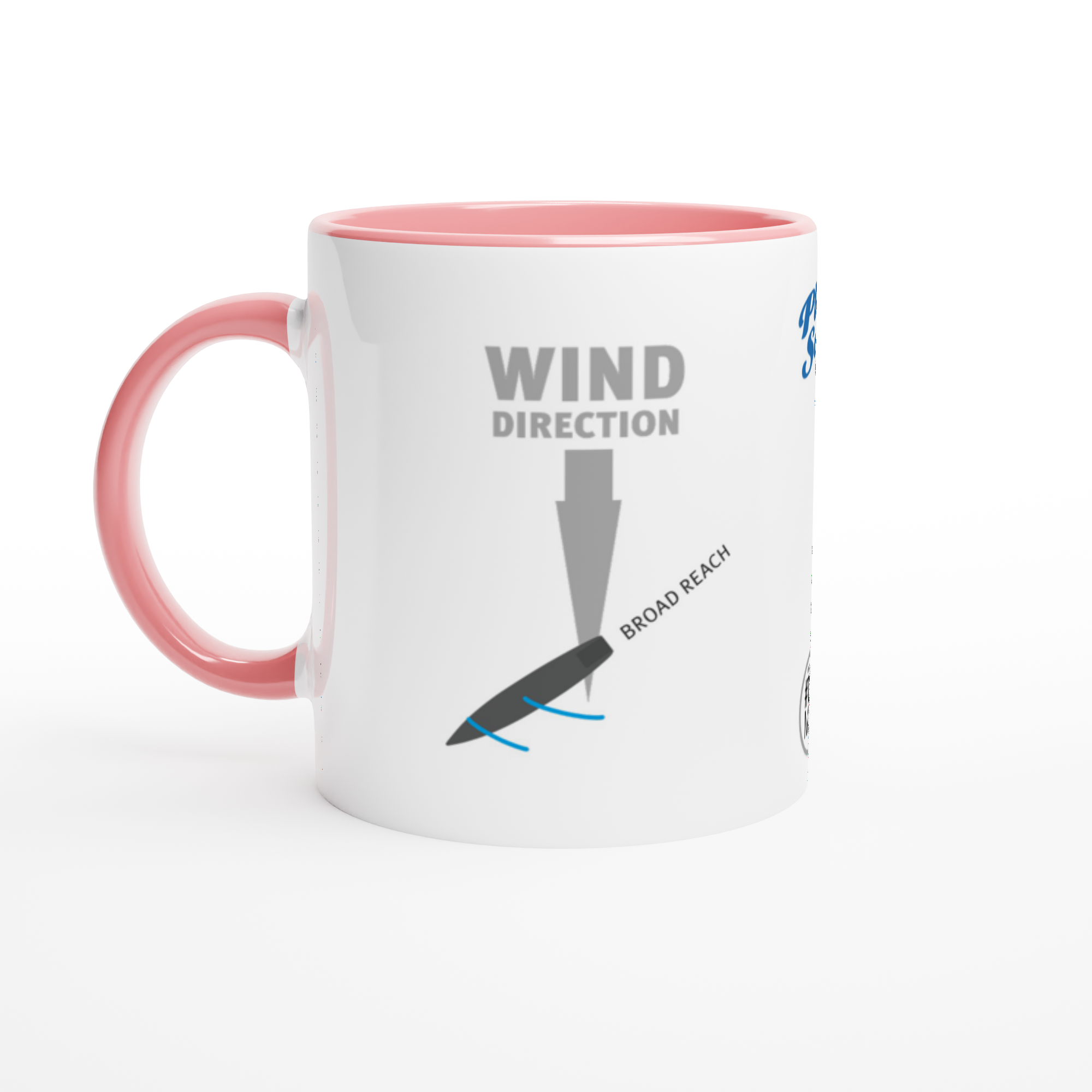
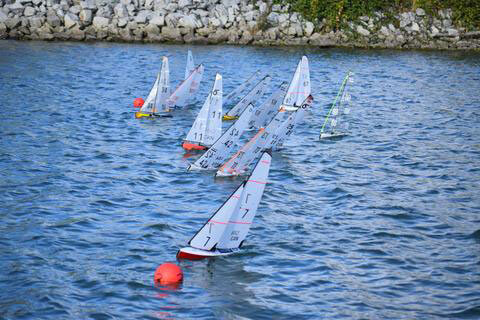
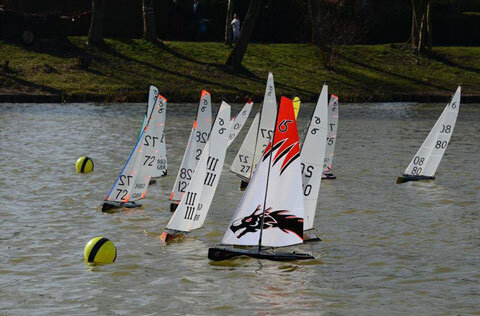








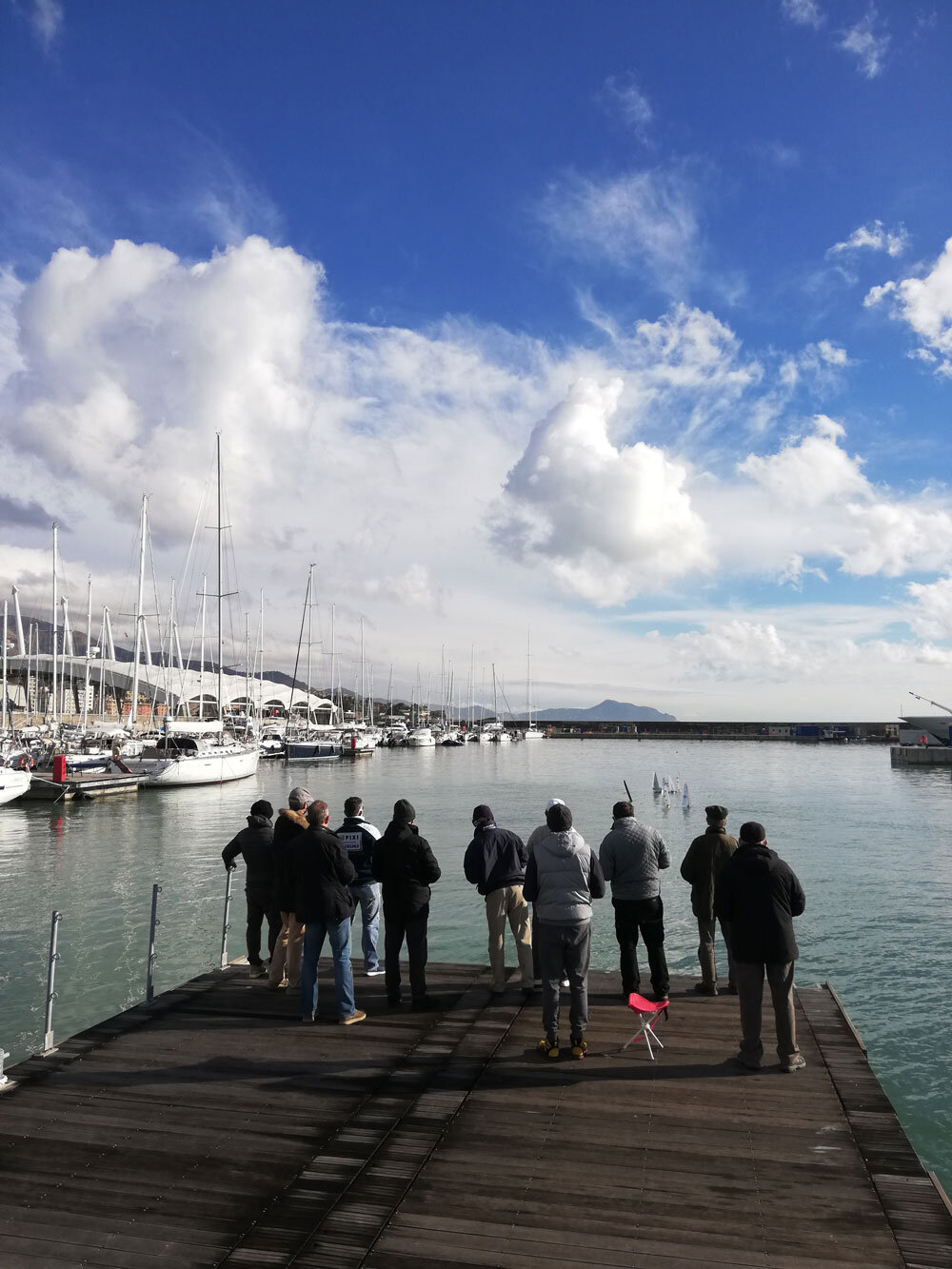
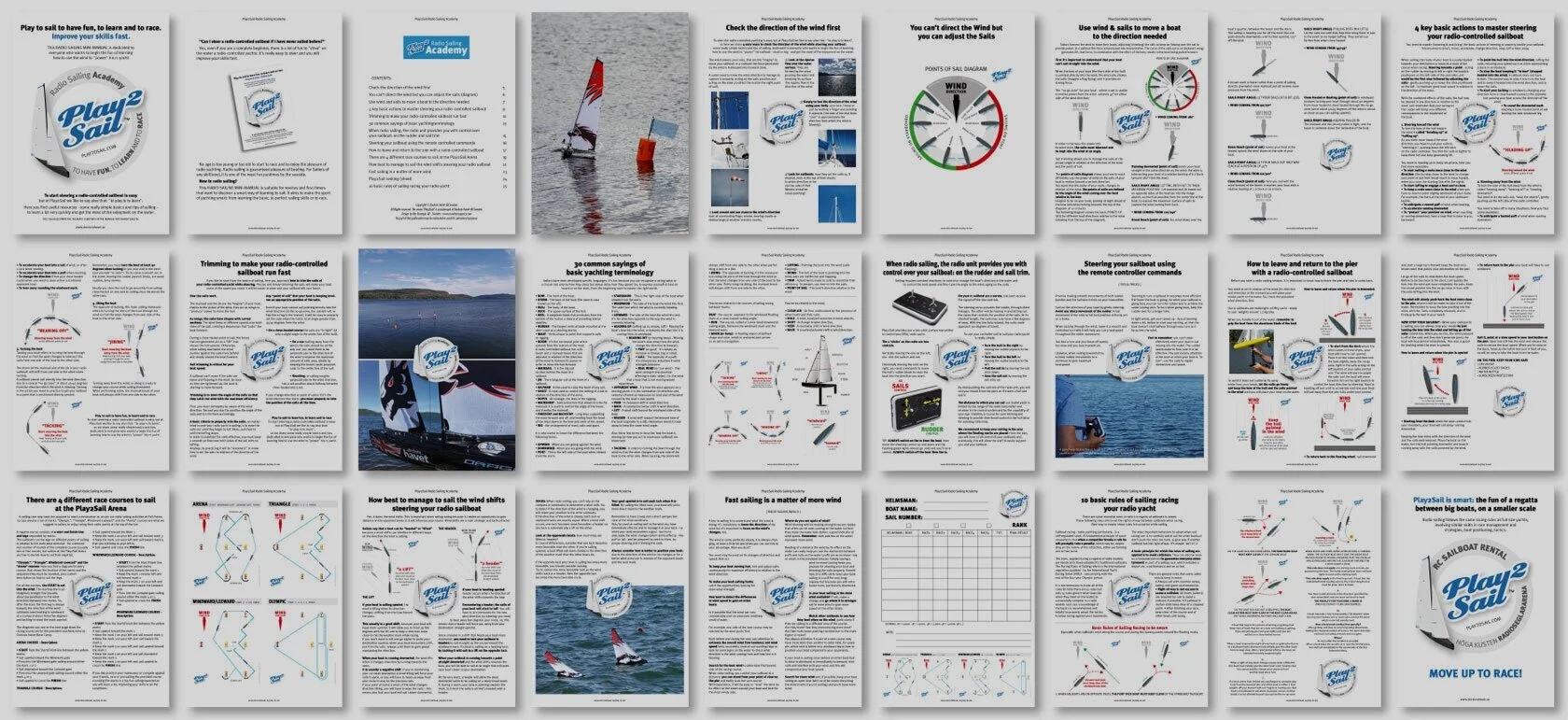























![Share your #SAILING passion with our original ceramic mugs [#TAGMUG E-SHOP]](https://images.squarespace-cdn.com/content/v1/594e2defd482e9221abc3588/1614719683830-IFHY92H4R0WRAMOJV9IE/sailing-racing-courses-ceramic-mugs-collection.jpg)



![Share your #SAILING passion with our original ceramic mugs [#TAGMUG E-SHOP]](https://images.squarespace-cdn.com/content/v1/594e2defd482e9221abc3588/1614719716948-POZU2K2KJG309Z83I6ZS/sailing-code-of-signals-flags-mug-design.jpg)
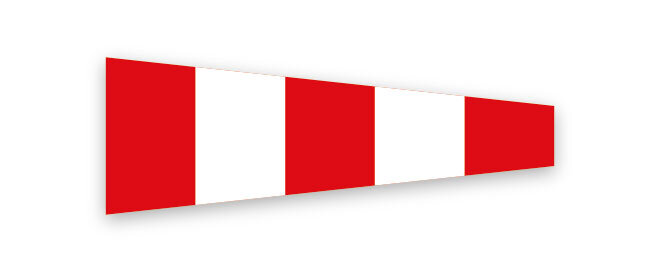















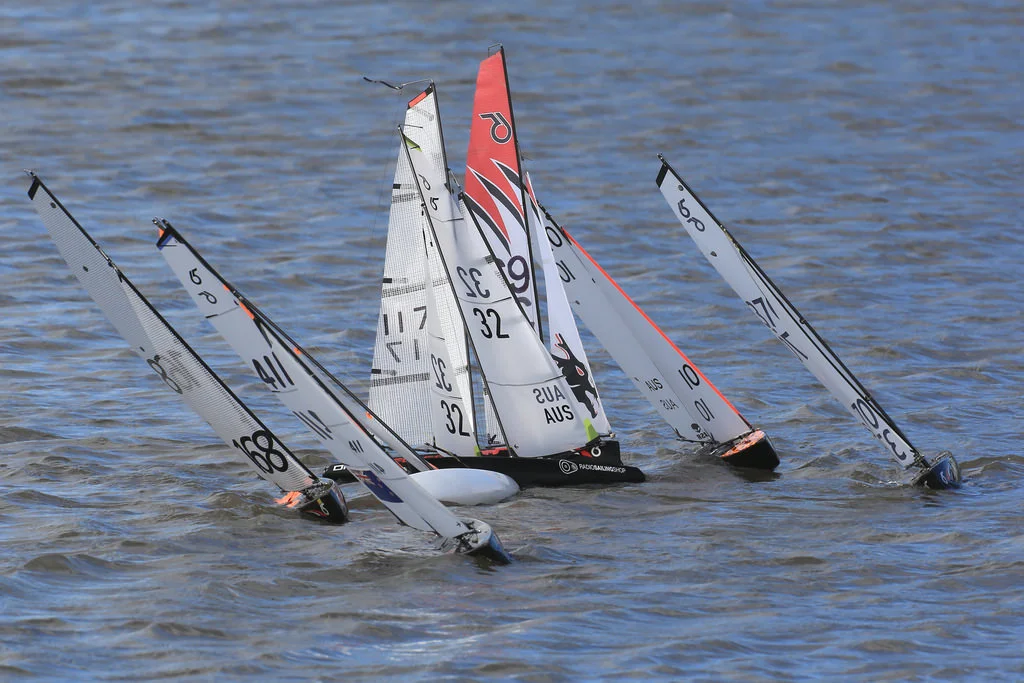

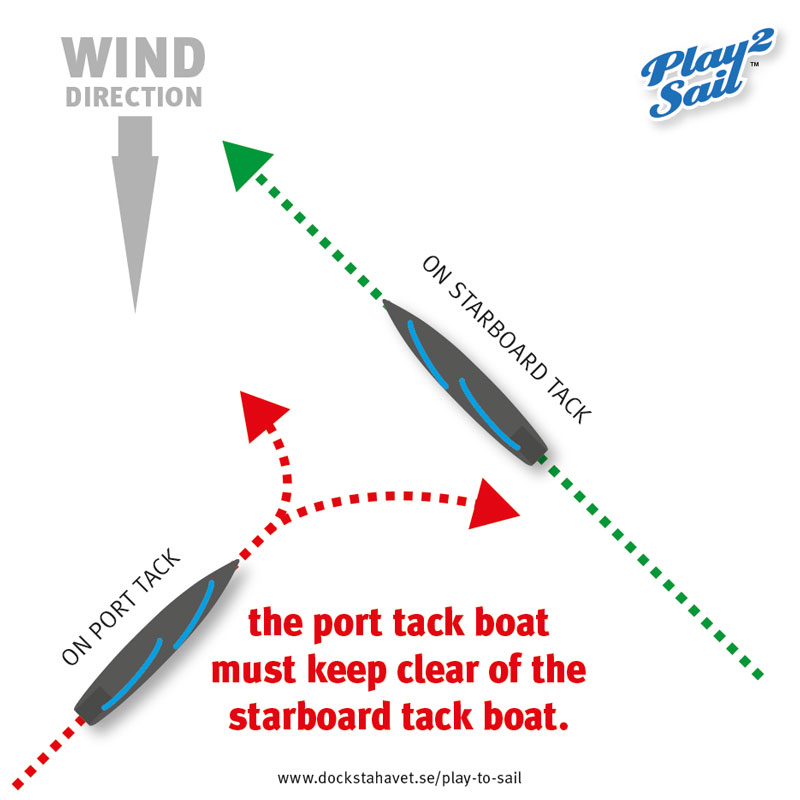


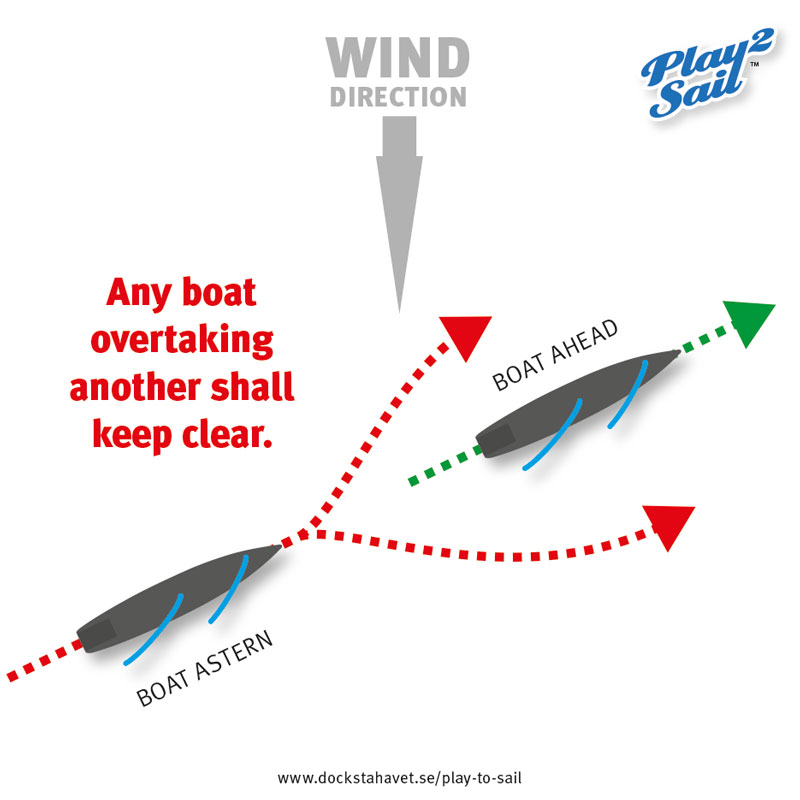

![Share your #SAILING passion with an original mug [#TAGMUG E-SHOP]](https://images.squarespace-cdn.com/content/v1/594e2defd482e9221abc3588/1614719437358-9OG6NYB56MMOT097CRVO/sailing-racing-rules-mugs-collection.jpg)




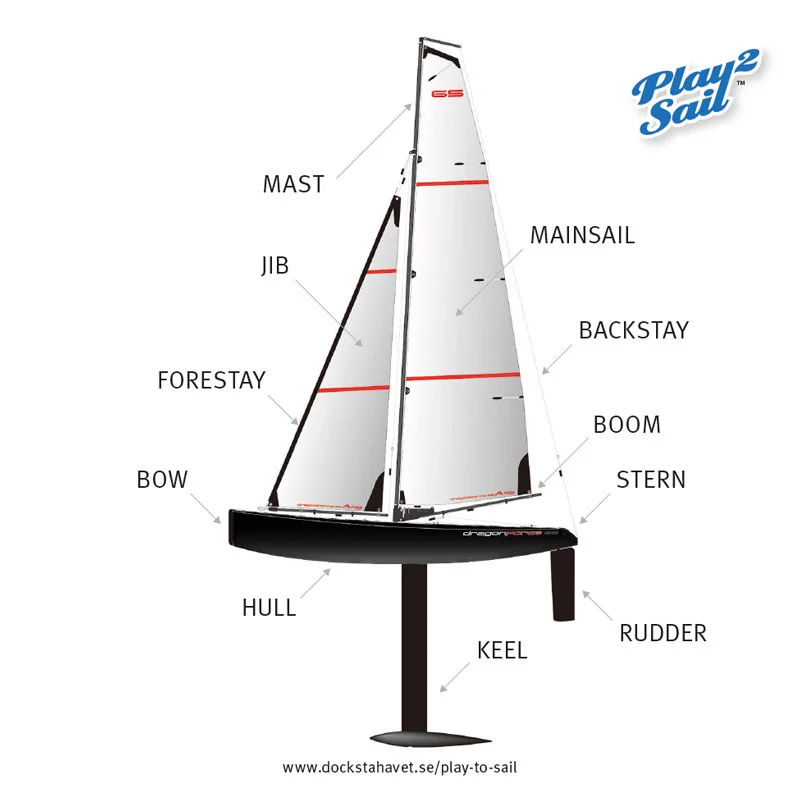




![Share your #SAILING passion with an original mug [#TAGMUG E-SHOP]](https://images.squarespace-cdn.com/content/v1/594e2defd482e9221abc3588/1614719263191-1UOIVRL0IB3MOGAAW1ZB/wind-shifts-sailing-mug.jpg)



![Share your #SAILING passion with an original mug [#TAGMUG E-SHOP]](https://images.squarespace-cdn.com/content/v1/594e2defd482e9221abc3588/1614719322626-UIEUQAHGY7L5EYU7VZOJ/rc-sailing-mugs-collection-points-of-sail.jpg)



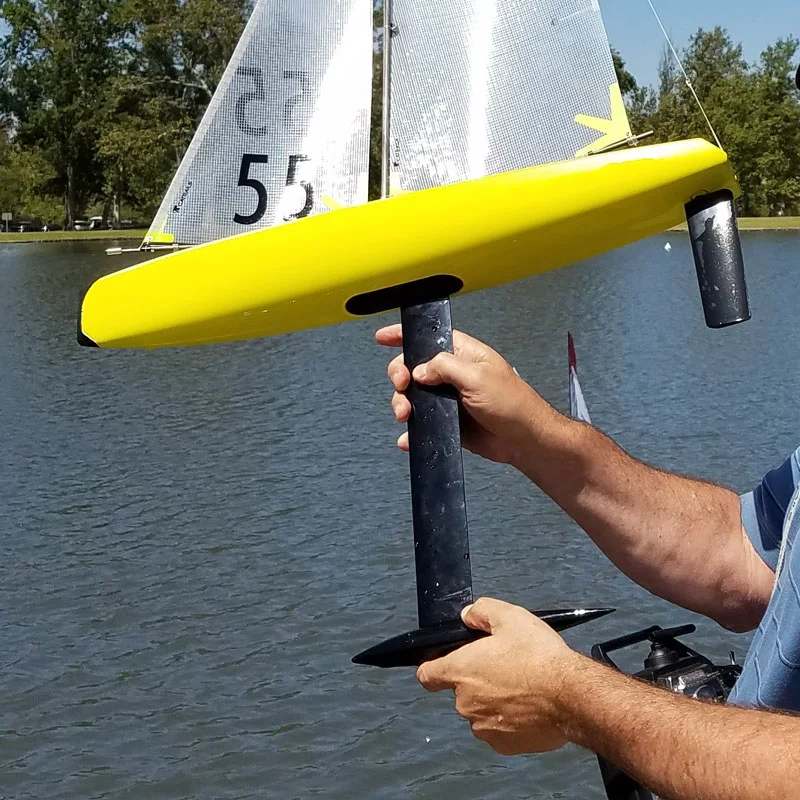
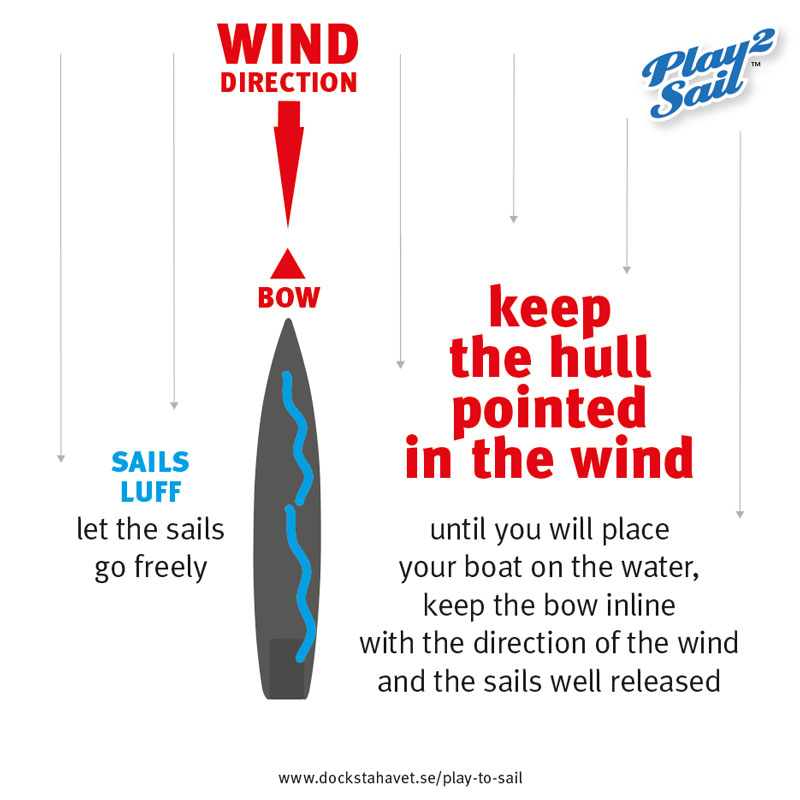
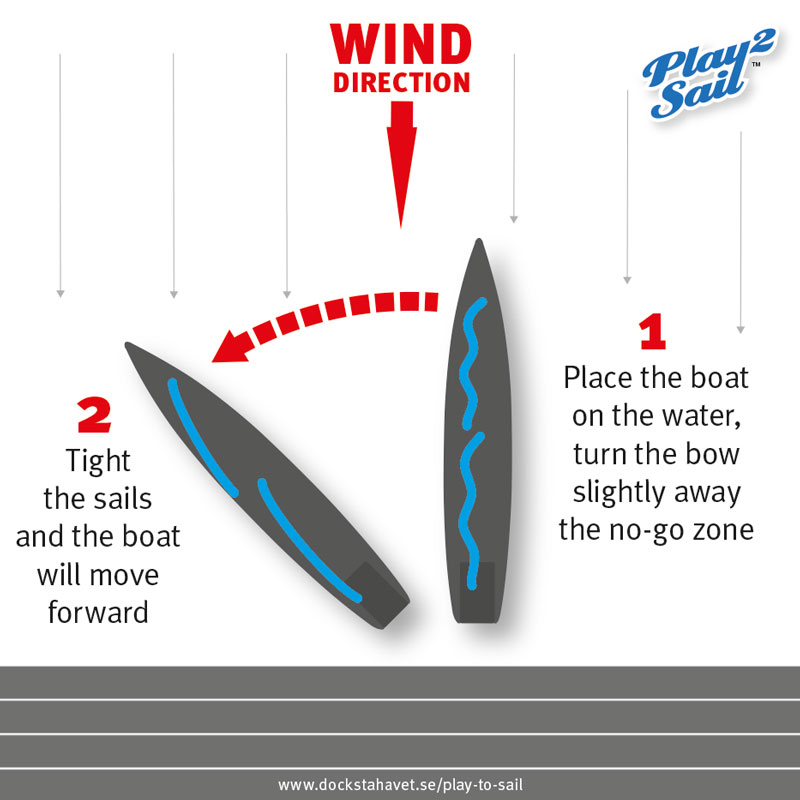



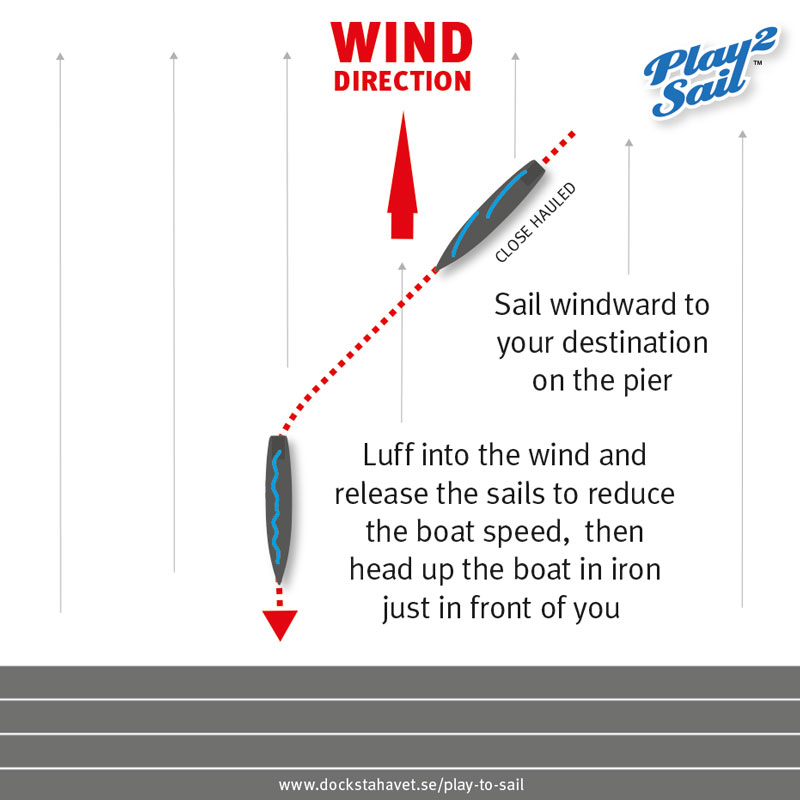


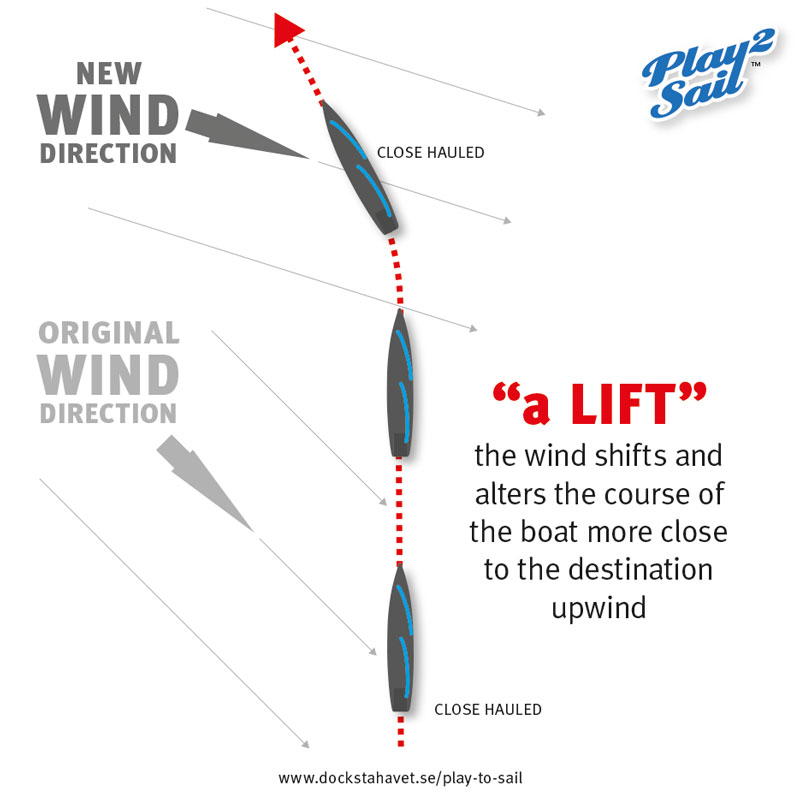


![Share your #SAILING passion with an original mug [#TAGMUG E-SHOP]](https://images.squarespace-cdn.com/content/v1/594e2defd482e9221abc3588/1614719169926-XIJ8HIHLRZXCTPUXT1XO/wind-shifts-sailing-mug.jpg)






